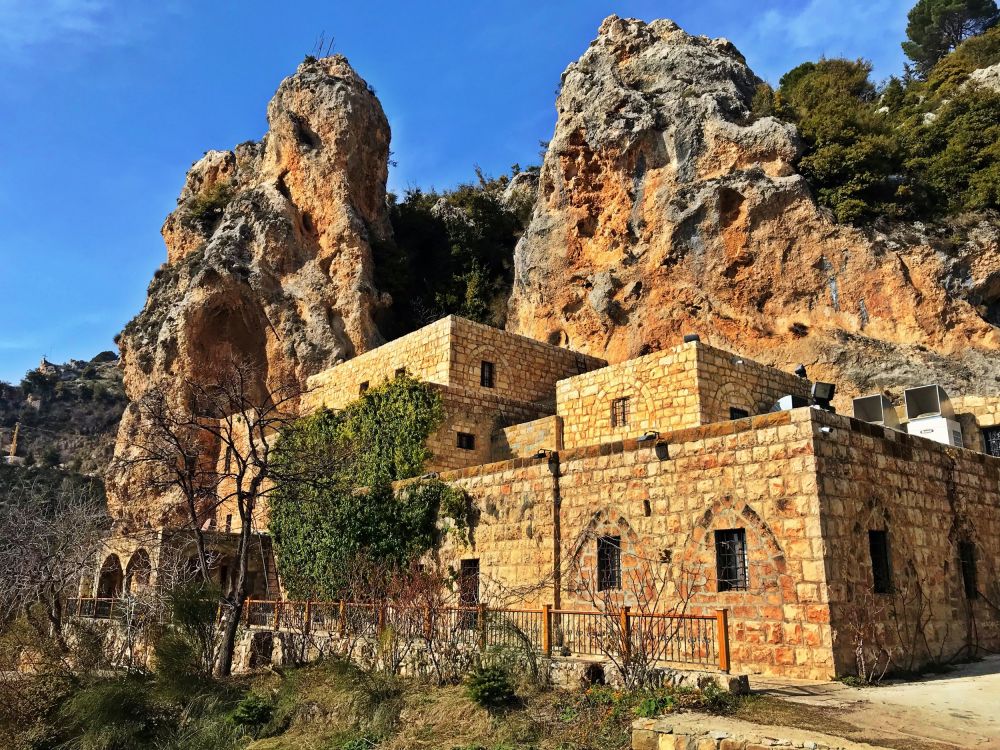Gibran Museum, formerly the Monastery of Mar Sarkis, is a biographical museum in Bcharre, Lebanon, dedicated to the Lebanese writer, philosopher, and artist Kahlil Gibran. Founded in 1935, the museum holds Gibran's paintings, drawings, manuscripts, and personal belongings. Gibran, who immigrated to America in 1895 and achieved literary fame with 'The Prophet', is one of Lebanon's most iconic figures. The museum itself is carved into the rock in a hermitage site, where Gibran spent much of his early life. After his death, his sister Marianna fulfilled his wish to be buried in Lebanon, and his final resting place is now within the museum. Located beside the Qadisha Valley, which is on the UNESCO World Heritage List, the museum is surrounded by the majestic Cedars of God, remnants of ancient forests and a symbol of the country. This setting adds a serene and contemplative atmosphere to the museum experience, aligning with the spiritual nature of Gibran's work. The location is also important as it anchors Gibran's legacy in the landscape that inspired much of his art and writing.

